SpaceX in Talks with NTIA to Deploy Starlink for BEAD
‘For me to participate in BEAD, I don’t want BEAD to say, “if something happens, I get your network,”’ SpaceX President says.
Joel Leighton, Drew Clark
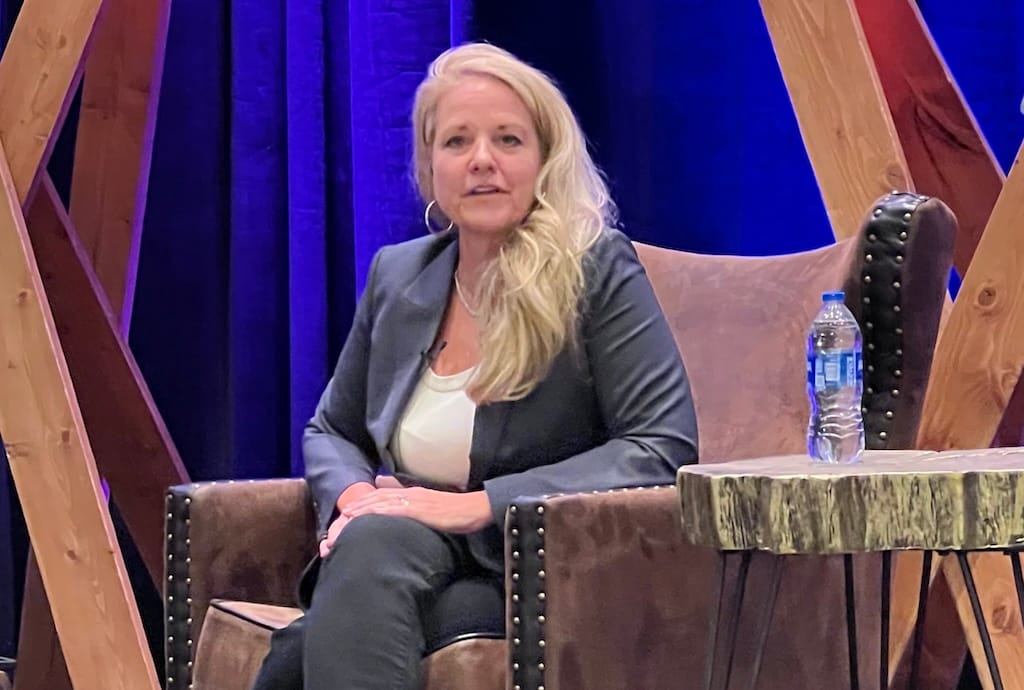
DENVER, August 6, 2024 – SpaceX President and Chief Operating Officer Gwynne Shotwell has reservations about including the company’s Starlink internet service in the fiber-focused Broadband Equity, Access, and Deployment program, but is talking with the U.S. Commerce Department about doing so anyway.
So said Shotwell, the brains and muscle behind Elon Musk’s SpaceX, speaking here in a Tuesday Fireside Chat at the broadband conference Mountain Connect. The chat, complete with interstellar music and video clips of SpaceX rocket launches rockets, was livestreamed on broadband.io.
SpaceX is the world’s first and only company deploying reusable orbital rockets, and carries astronauts safely to the International Space Station. In conversation with Ready.net CEO Jase Wilson, Shotwell discussed how SpaceX’s pioneering in space transportation led to the creation of Starlink internet service.
Starlink has driven the creation of service from Low Earth Orbit (LEO) satellites, and is the world’s largest such ISP, with more than 3 million customers.
Fast enough for government work?
LEO internet services are far faster than internet service from conventional geostationary satellites. Anemic speeds and unreliable access from non-LEO satellite services was one reason why satellite broadband was almost entirely excluded from the $42.5 billion BEAD program funded by the 2021 bipartisan infrastructure law.
State broadband plans are largely centered around fiber deployments, with some fixed wireless access services sprinkled in to address the highest-cost areas. Now state broadband officers and others have begun talking about the possibility of using LEO services to meet extremely hard-to-reach locations.
There’s also been high-level political gamesmanship over Starlink and BEAD.
As recently as June 19, Musk attacked the BEAD program as “an outrageous waste of taxpayer money and is utterly failing to serve people in need,” echoing concerns frequently raised by Republican FCC Commissioner Brendan Carr, who immediately reposted Musk’s comment.
Carr has repeatedly questioned why Starlink was excluded from FCC programs, and has urged it to be included in the BEAD program of the National Telecommunications and Information Administration, part of the Commerce Department.
“In 2020, the FCC secured a commitment from Starlink to offer high-speed Internet in rural areas for $1,377 per location in support. The Biden Administration rescinded that deal, and is now spending $5,125 per location,” Carr said in a social media post in January.
Latency breakthroughs by Starlink
During the fireside chat, Shotwell said that Starlink meets the speed and latency requirements of BEAD.
She also said during the chat that SpaceX was collaborating with the Commerce Department to address some of the "structural elements" of the program.
The speed and latency requirements are easily addressed, Shotwell said, noting that Starlink comfortably meets the 100 Megabit per second (Mbps) download and 20 Mbps upload speed requirements in areas that are densely urban.
But what about latency, which Wilson called “the Achilles’ heal of most satellite services.” What does Starlink do to address latency?
“We have been able to consistently get 20 millisecond latency” in round-trip internet connections, said Shotwell. At least 3.3 milliseconds of that journey is to and from the LEO satellite 500 kilometers above the earth’s surface. Starlink internet service also hops from LEO satellite to LEO satellite through the company's “space laser” communication.
BEAD rules require that 95% of latency measurements must fall at or below 100 milliseconds round-trip time.
Problematic BEAD rules for SpaceX
Instead, bureaucratic and legal issues were are more problematic, Shotwell said.
For example, Shotwell raised the concern in the fireside chat that the government could claim ownership of the Starlink network if a BEAD project serviced by Starlink did not meet all of NTIA’s rules.
“For me to participate in BEAD, I don’t want BEAD to say, well, if something happens I get your network,” into which SpaceX has invested more than $10 billion, Shotwell said.
Shotwell assured the audience that the Commerce Department is interested in having SpaceX participate in the program. Shotwell also said that satellite technology might be the “only way” to reach high-cost areas.
While fiber is suited for high-density areas, Shotwell said, Starlink thrives in typically high-cost build out areas.
“Fiber can be $10,000 to $30,000 per mile. I can bridge that gap with one Starlink kit, which is $500 bucks,” Shotwell said.
Speaking last week at Fiber Connect, NTIA Administrator Alan Davidson said July 29 that the agency plans to put out new guidance on using alternative technologies – like unlicensed wireless and low-earth orbit satellites – in “a couple of weeks.”
In a brief interview after her speech on Tuesday, Shotwell confirmed that “we are working with Commerce” on sorting through these BEAD questions.
SpaceX’s reusable starships and the internet
Shotwell also said SpaceX will be increasing its launches of satellites into the atmosphere via its reusable starships.
Currently, SpaceX launches between 20 and 30 satellites per launch, roughly twice a week. However, with new larger rockets, SpaceX plans to increase this rate significantly by deploying hundreds of satellites in a single launch.
Shotwell acknowledged that Starlink's LEO internet service is a new technology, and that it poses uncertainty.
“In order for us to do our jobs I think we need to figure out a way to make room for new technology, and not be afraid of it,” Shotwell urged.
“There is no question that as a team of telecom providers we can connect everyone on the planet that wants to be connected. Starlink is a big part of that, but we won't do it alone,” Shotwell said.



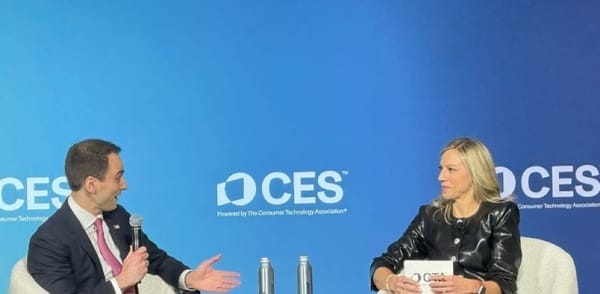

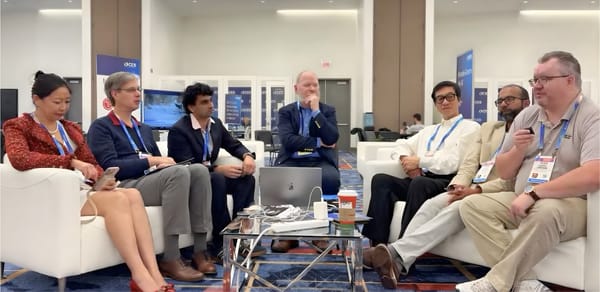
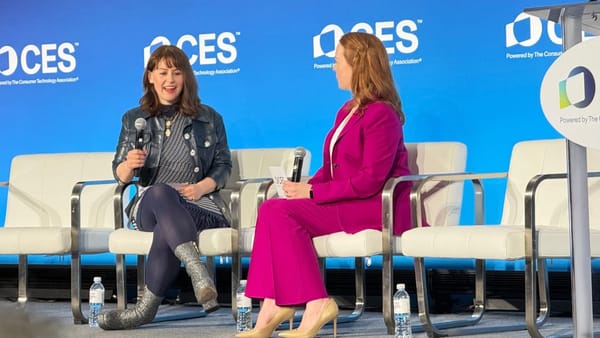

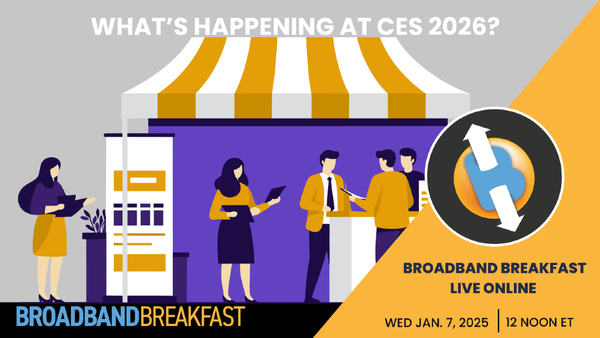
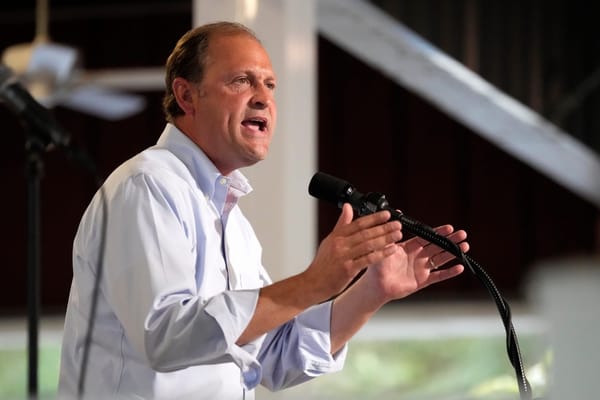

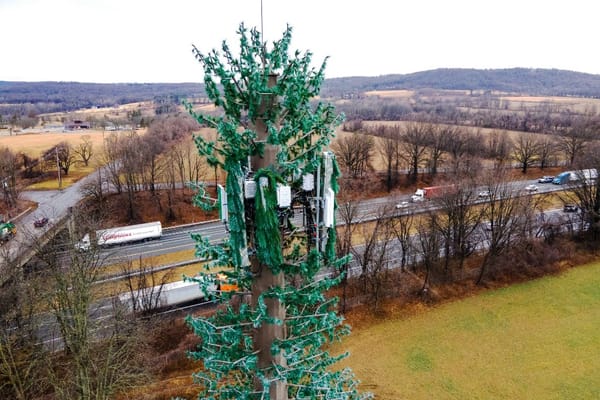
Member discussion